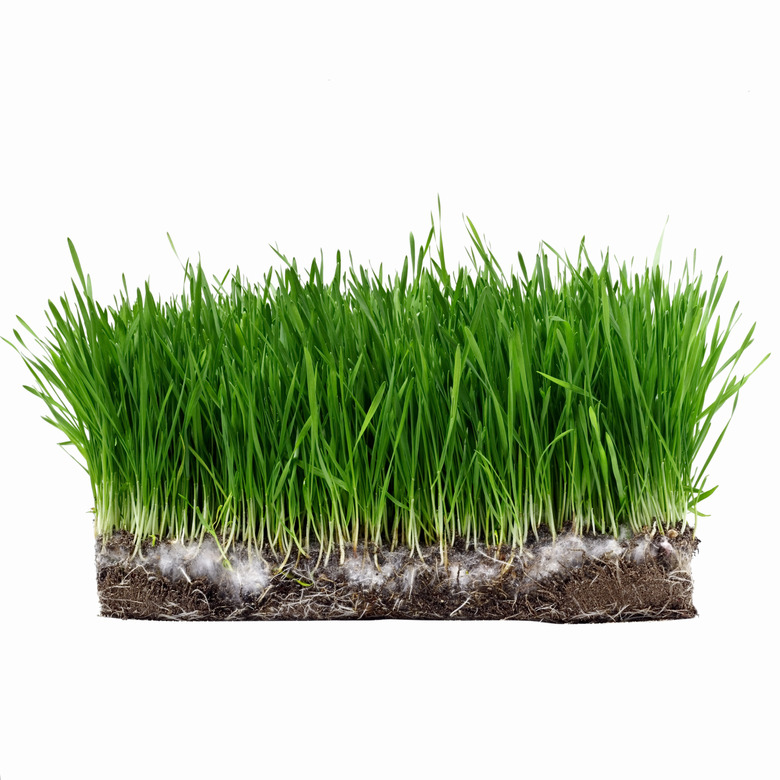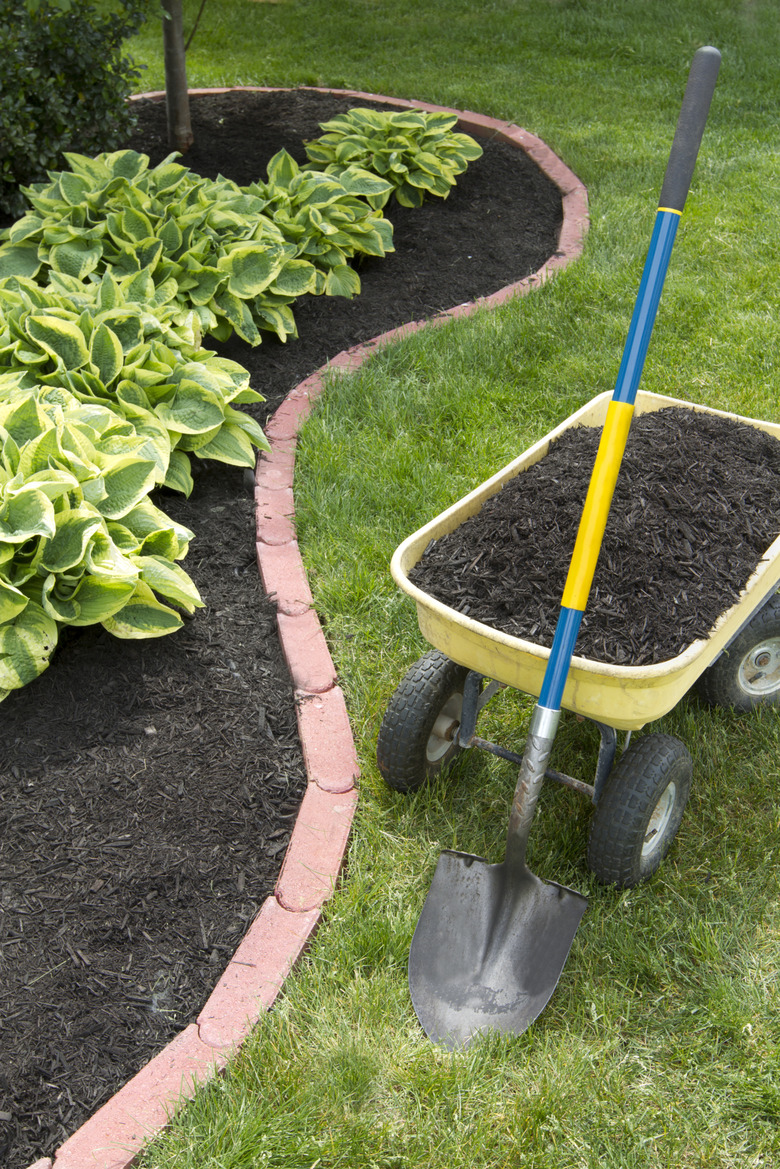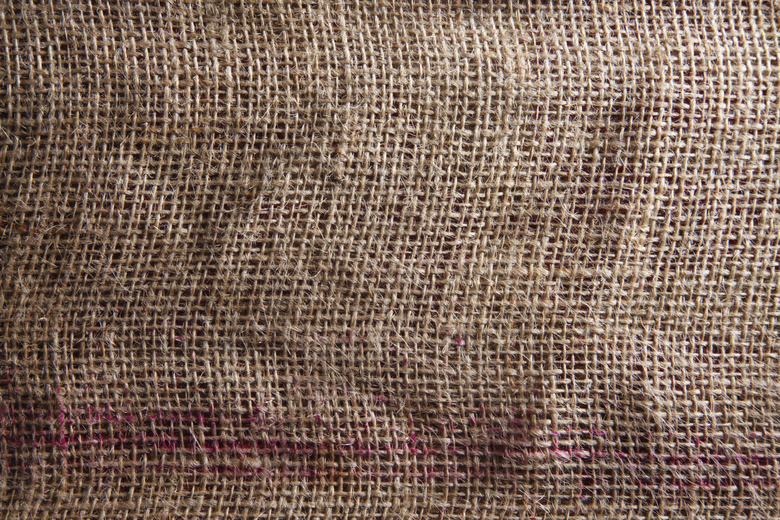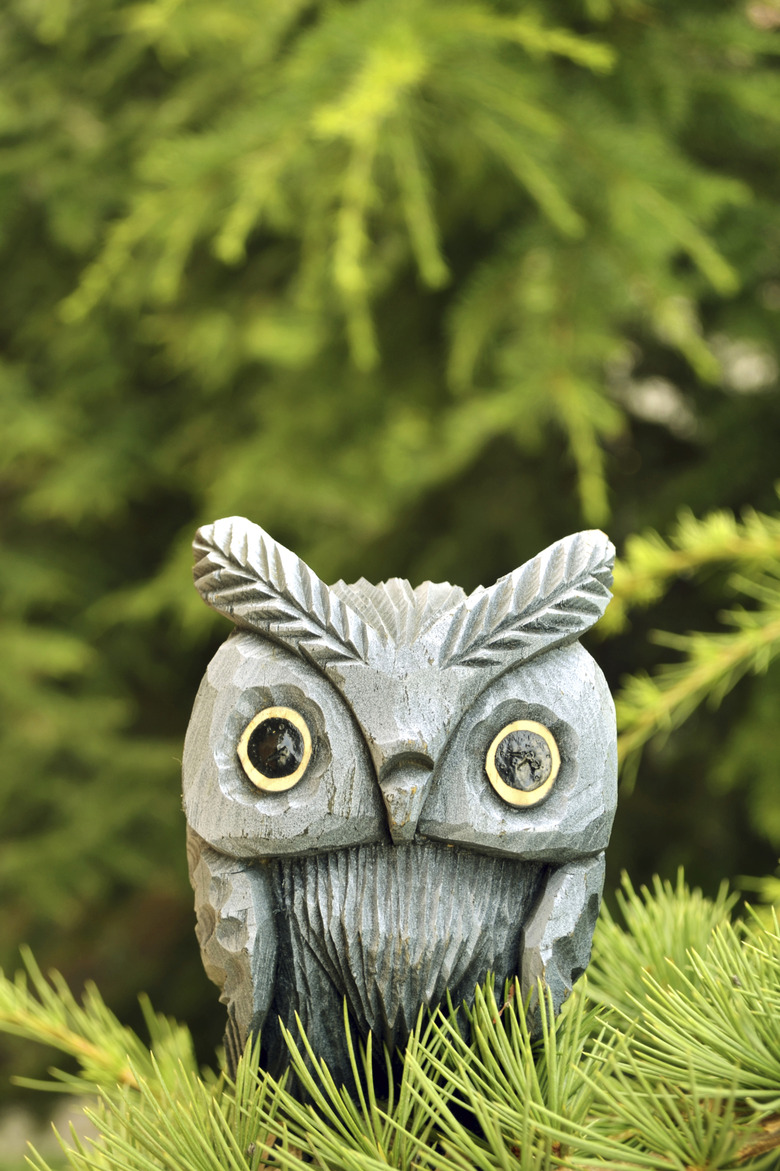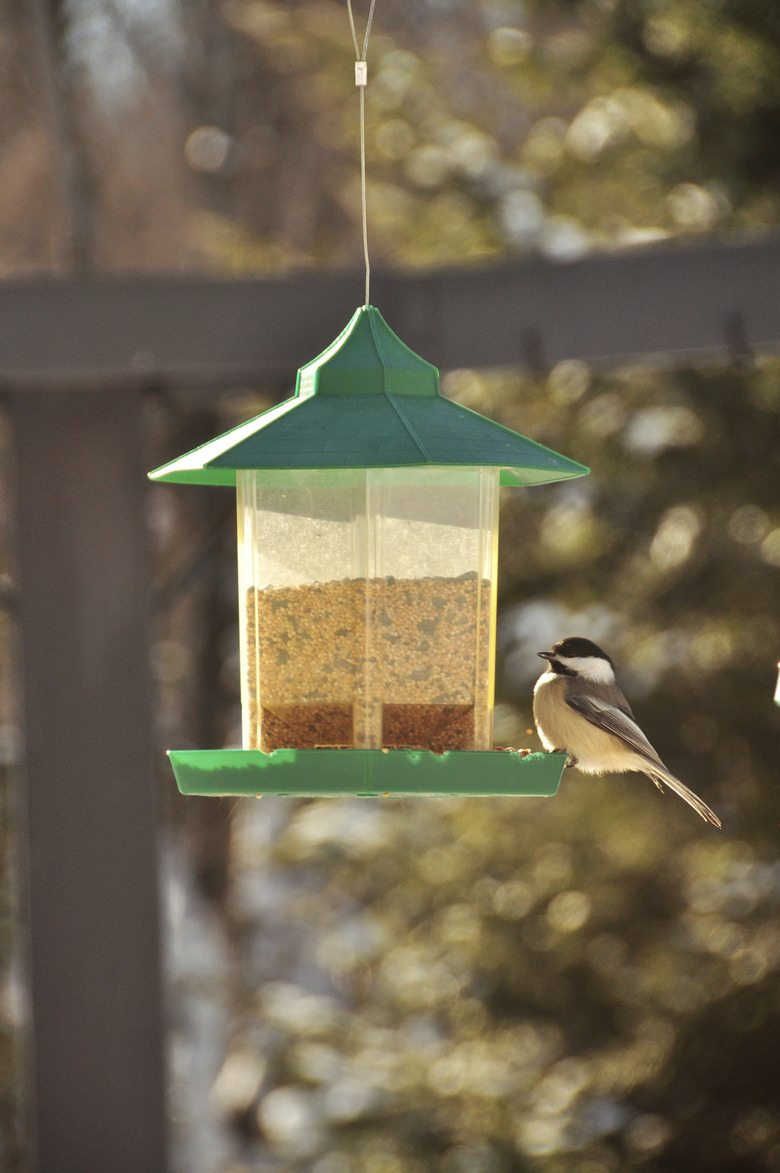How To Keep Birds From Eating Grass Seeds
Wh[ [grass seed ]](https://www.gardenguides.com/93028-keep-birds-away-grass-seed.html)n starting a lawn from grass seed, birds can quickly pick away at the sowed seed and decimate the lawn before it has even had a chance to grow. Some gardeners counter this by increasing their grass seeding rate by 50 percent, which helps make up for any seeds lost to the feathered friends. If you don't want to spend extra money on more grass seeds, several proactive repellant options can protect your future lawn from hungry birds.
Lay Down Mulch
Mulch doesn't just help to conserve soil moisture — a key factor in optimum grass seed germination — and block the growth of weeds. Mulch can also help to prevent birds from eating scattered grass seed. Use certified weed-free straw mulch, available at many landscaping stores. Scatter a very thin layer of straw over the grass seed, using just enough straw to cover approximately 75 percent of the soil surface. That's all that's needed to shield and defend grass seed from birds. Once the seed has germinated, gently rake away the straw.
Cover Up With Burlap Sheets
Burlap allows water, heat and sunlight to reach the soil surface. It works as a satisfactory alternative to straw mulch in landscapes that have a lot of wind. Wind will quickly blow away straw mulch, leaving grass seed defenseless against birds. If your backyard is prone to gusts of wind, lay down a single sheet of burlap over the scattered grass seed, then anchor the edges of the burlap down with wire U-pins. Remove the burlap once the seeds have germinated.
Set Up Tape
Metallic Mylar tape moves in the wind, flashes and sparkles in the sunlight and creates a roar-like noise whenever it flutters. This potent combination frightens and scares away all birds, including large poultry such as ducks, geese and chickens. To protect a newly planted lawn from hungry birds, place 3-foot-tall posts 6 feet apart around the edges of the lawn. **Tie 1/2-inch-wide metallic Mylar tape between each pole to cross or intersect over the planted area.** Don't tie the tape so tight that it's rigid and taught between the poles. Keep each strand of tape loose so it can twist and move freely when the wind blows.
Turn to Decoys
The birds may be hungry for your grass seed, but predatory birds are just as hungry — hungry for the birds themselves. Defend newly sowed grass seed with a decoy owl or hawk set up on a post in the middle of the lawn or on the edges of the lawn. The sight of this faux predator may frighten away other birds and keep grass seed safe. For the best results, move the location of the decoy owl or hawk every day so that the other birds do no get used to its presence.
Create a Distraction
As the old saying goes, if you can't beat 'em, join 'em. Hang a bird feeder on the opposite side of the landscape away from newly planted grass seed. This may distract the hungry birds and draw them away from the lawn, holding their attention long enough for the grass seeds to germinate.
